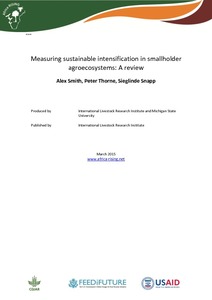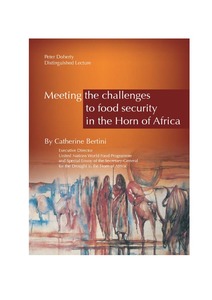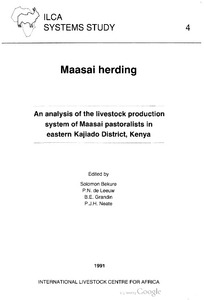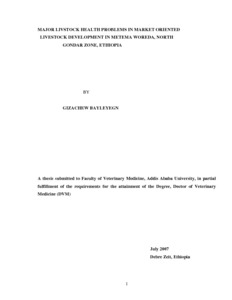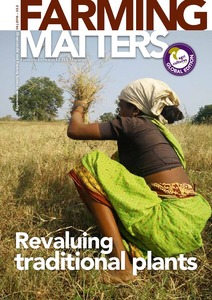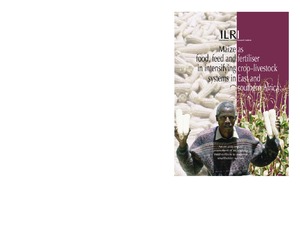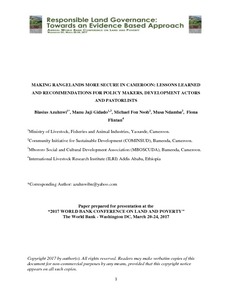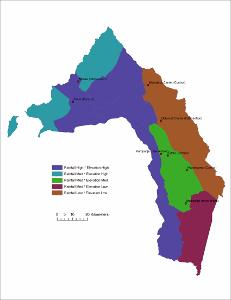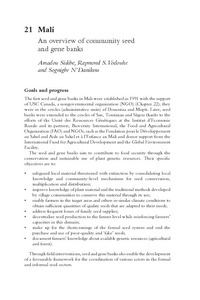Measuring sustainable intensification in smallholder agroecosystems: A review
In the sustainable intensification (SI) of smallholder agroecosystems, researchers and farmers collaborate to produce more food on land currently in cultivation, secure wellbeing in the present day, and bolster ecosystem services to sustain agricultural productivity into the future. In recent years there has been debate in the SI literature about the meaning and boundaries SI, accompanied by calls for clearly defined metrics to evaluate SI efforts. In this review, we present the current state of the literature in regards to SI metrics.

